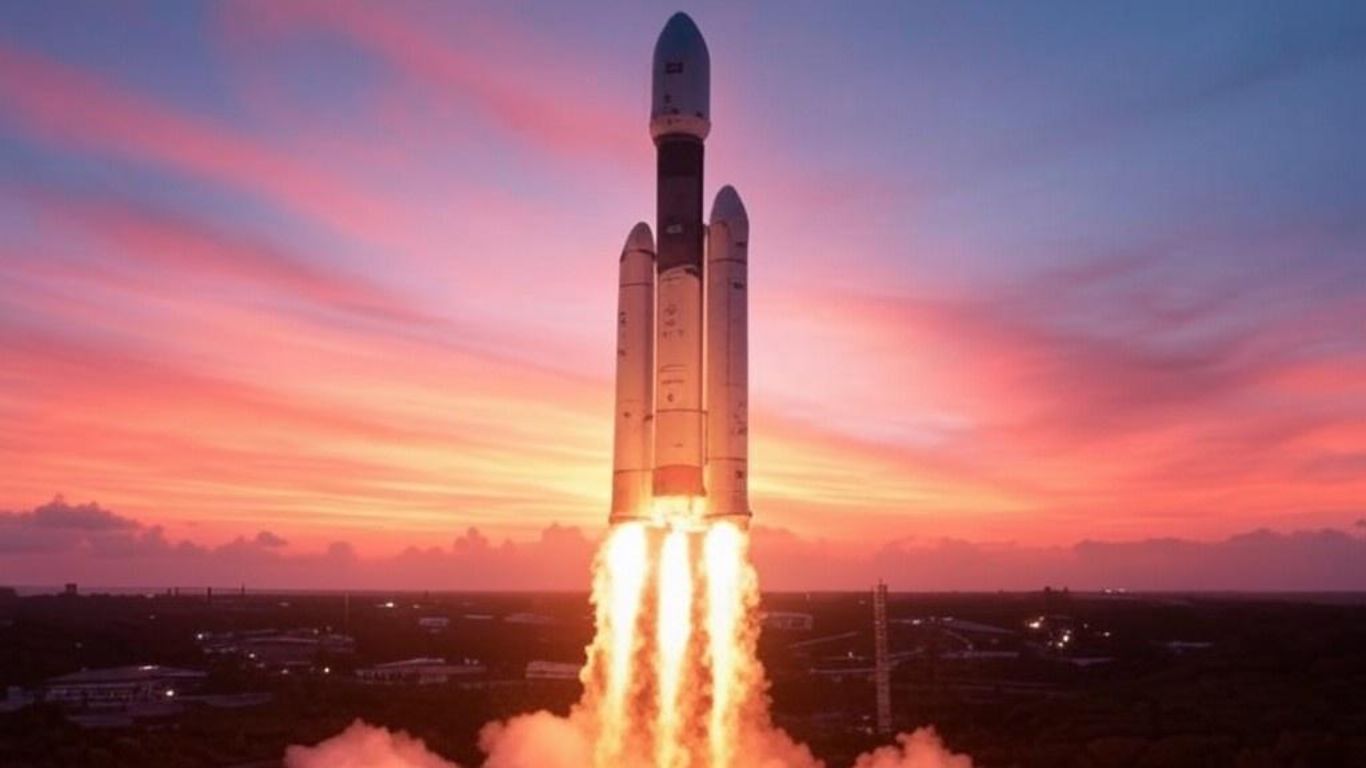Sriharikota: The Indian Space Research Organisation (ISRO) achieved another significant milestone late Monday night with the successful launch of the PSLV-C60 mission, aimed at demonstrating space docking technology. This breakthrough is a vital step in India’s journey toward ambitious future space projects, including its own space station by 2035.
Mission Overview
- Rocket: Polar Satellite Launch Vehicle (PSLV-C60)
- Payload: Two spacecraft, Spacecraft A (SDX01) and Spacecraft B (SDX02), each weighing 220 kg.
- Launch Time: 10 PM, Monday
- Location: Satish Dhawan Space Centre, Sriharikota
- Orbit: Desired Low Earth Orbit (LEO) at an altitude of 470 km
The mission successfully separated the two spacecraft into their designated orbits, paving the way for ISRO to test docking capabilities in space.
Significance of Space Docking
The two spacecraft, nicknamed the ‘Chaser’ (SDX01) and the ‘Target’ (SDX02), will be maneuvered in the coming days to reduce the distance between them. Once aligned, the two spacecraft will dock at an altitude of 470 km.
Why Space Docking Matters:
- Satellite Servicing: Enables repair, refueling, and upgrades to satellites in orbit.
- Interplanetary Missions: Critical for assembling spacecraft or refueling during extended space missions.
- Future Space Projects: Integral to the development of the Bharatiya Antariksh Station (India’s Space Station) and lunar sample return missions like Chandrayaan-4.
With this mission, India is set to join an elite club of nations—Russia, the US, and China—that have mastered in-space docking technology.
Technical Achievements
- The 44.5-meter-tall PSLV-C60 rocket, which carried the payload, marks a first in being fully integrated up to its fourth stage at the newly established PSLV Integration Facility (PIF) at the Satish Dhawan Space Centre.
- Mission Director M. Jayakumar declared the mission a success, emphasizing its importance for ISRO’s long-term space ambitions.
A Prelude to India’s Space Station
Dubbed as a precursor to India’s space station ambitions, this mission is a crucial step toward achieving operational flexibility for multi-launch missions. The successful mastery of space docking technology will support future missions, including:
- Indian Human Spaceflight Missions.
- Lunar Sample Retrieval (Chandrayaan-4).
- Development and operations of the Bharatiya Antariksh Station by 2035.
PSLV-C60: A Fitting End to 2024 for ISRO
This mission caps an eventful year for ISRO, which began 2024 with the PSLV-C58/XPOSAT mission on January 1. The successful PSLV-C60 mission reaffirms ISRO’s commitment to technological advancements and paves the way for ambitious projects in the coming years.
With the spacecraft now in the desired orbit, ISRO scientists will proceed to the critical phase of merging and docking in the coming days, showcasing India’s growing prowess in space technology.
The success of PSLV-C60 not only boosts India’s space program but also positions the country as a global leader in space exploration technologies. ISRO’s achievement underlines its readiness to tackle increasingly complex missions, bringing India closer to realizing its long-term space exploration goals.















